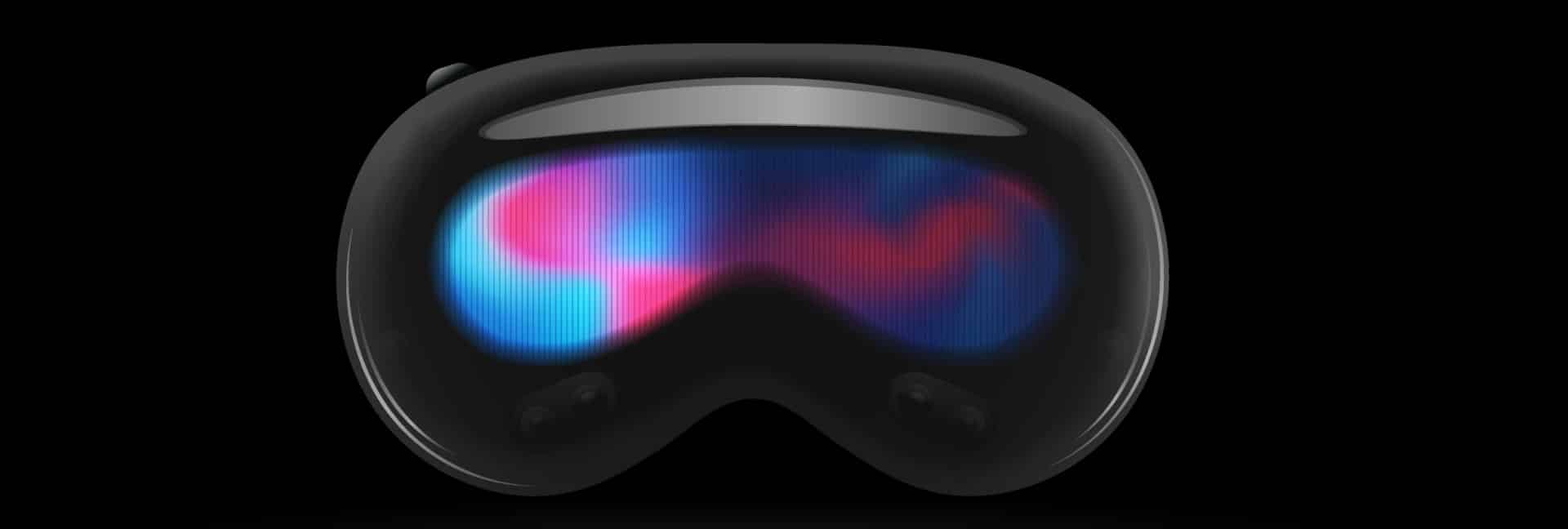XR or extended reality is the umbrella term that includes, virtual-, augmented- and mixed- reality technology. While Virtual Reality is the better known mainstream term and probably the more famous technology, it’s also the least likely to become an every day part of a user’s life.
The main reason I make this argument is that taking part in a VR experience is discrete. It cuts you off from the world outside and completely immerses you. If you look at how we use our daily technology, it’s clear that this model doesn’t translate all that well. When you use a smartphone or a laptop, you can smoothly transition between the digital world and the real world. Since the screen is part of your overall environment.
Using VR for the same purpose presents all sorts of problems, unless you specifically want to create an isolated virtual workspace. Mixed- and augmented- reality technologies on the other hand, can take the real world and then overlay digital imagery and sounds. Instead of having a separate screen and environment, you get total integration between the two.
I expect that XR will eventually become the norm, with the ability to tune the digital content you see and hear from nothing at all (reality) to total immersion (VR) and everything in between. We aren’t there yet however, but a number of companies and technological breakthroughs are starting to paint a picture of a near-future world where extended reality technologies
The PEDOT Breakthrough
Brain-computer interfaces have been under development for decades with some amazing results. Braingate is a prime example of a company developing hardware that interfaces directly with the brain to allow people with neurological problems and paralysis to operate technology and restore their movement.
The best forms of these interfaces need to interface directly with brain matter, so as to get the clearest and most detailed signal. The problem is that the hardware and probes that are being put into people’s brains aren’t the most organic-friendly options. This can lead to issues such as inflammation, scarring and other unpleasant side-effects you don’t want in the most sensitive and sophisticated part of the human body.
Now a discovery at the University of Delaware may have solved the issue of interfacing biological material with electronics. A polymer known as PEDOT which can act as an electrical signal interface without the negative effects materials like gold or copper would have. PEDOT polymers are versatile and can be adapted into various specific biological interfaces. Further research is obviously needed for such a recent discovery, but if PEDOT polymers live up to their promise we could be looking at a solution for the brain and computer divide.
Neuralink And Future XR
While getting the interface to work properly is a major goal, it doesn’t mean all that much if we don’t have much to say to those brain cells. We still don’t understand the language of the brain very well. It’s an incredibly complex system that’s (at the very least) electrochemical in nature, but may have much more to it than that. The interconnections between neutrons add up to a truly phenomenal level of complexity. The brain is a black box. We can observe it, we can see what goes in and what goes out, but right now we don’t have access to the “source code” if you will.
That being said, neuroscience has made some major leaps. From being able to extract images from the visual cortex to seeing memories form in real time, scientists and engineers are slowly chipping away at the mysteries of the brain.
Recently Elon Musk of Tesla and SpaceX fame unveiled some of the first hardware from his other company Neuralink. A startup dedicated to advancing the state of brain computer interfaces.
In the unveiling, Musk showed off a pig with a Neuralink implant, two months after the first installation. Now, this is just a proof of concept. Showing that the device can be installed and work long-term without negative effects. Two months is not long enough, but these animal test subjects will give us information on how safe the technology actually is.
It’s essentially a set of incredibly thin electrodes implanted into the brain, which can monitor the activity of about 1000 neurons. That information can then be fed into various different systems. From an XR perspective, you might imagine movement and interaction in the virtual world happening simply by thinking it. In a future scenario virtual sensory data might even be fed into the brain, further blurring the line between perception of the real world and the virtual.
While PEDOT polymer and brain implants are still many, many years away from being ready or mainstream, it’s not hard at all to see how these technologies will slot into future XR applications.
Apple’s AR Ambitions
What a little more medium-term is Apple’s rumoured interest in XR, though most publications still refer to Apple as working on “AR Goggles” of some sort. Whatever their first AR-dedicated product ends up as, Apple have been buying up AR companies and developing related technologies for years now. ARKit evolutionized camera-based AR in smartphones and tablets. The latest iPad Lidar sensor takes that to the next level. In my mind there’s little doubt that all of these smaller developments will add up to a cohesive XR product from the tech giant at some point.
A Virtual Future
With all these streams of technological development proceeding at a blistering pace, a convergent XR future seems more and more likely. The line between real and virtual in everyday life is set to become blurred, if not non-existent. We’ll be keeping a close eye on these developments, though maybe not all that closely on the ones that require invasive brain surgery







